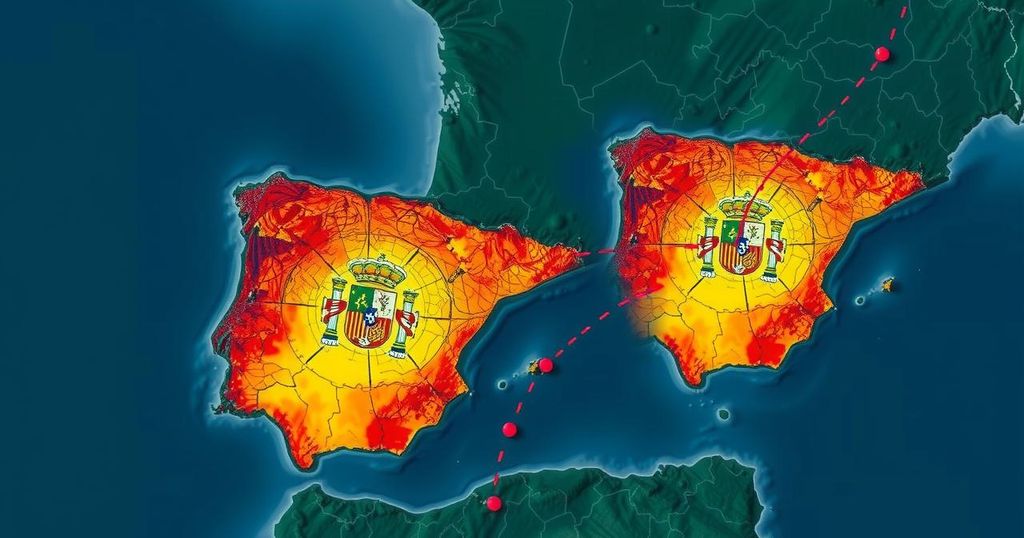Portugal and Spain Face Potential Earthquake Risk: Urgent Preparations Needed

Experts warn that Portugal is unprepared for a potential devastating earthquake akin to the 1755 disaster, with many buildings, particularly schools and nurseries, at risk. Seismologists advocate for urgent seismic reinforcements to protect vulnerable populations and critical infrastructures, like hospitals, against future seismic events.
Experts are raising alarms regarding the potential for a catastrophic earthquake similar to the Great Lisbon Earthquake of 1755, which devastated the Iberian Peninsula and resulted in approximately 60,000 fatalities. The current infrastructure in Portugal, particularly in Lisbon, remains inadequately prepared for such a disaster. Mario Lopes, a professor of Seismic Engineering, emphasizes the urgent need for seismic reinforcement of vulnerable buildings, including schools and nurseries, which often occupy older structures that will likely sustain severe damage during a violent earthquake. Additionally, public hospitals are also at risk, particularly Lisbon’s critical healthcare institutions. There are around 600,000 residents in Greater Lisbon inhabiting buildings ill-equipped to endure an earthquake of significant magnitude. Experts argue that a well-planned national reformation program is essential to ensure the safety of schools and children. The lack of preparedness is alarming, particularly as many of these institutions are located in tsunami-prone areas following a subduction-triggered earthquake epicenter in the sea.
The Great Lisbon Earthquake of 1755 remains one of the deadliest seismic events in European history, characterized by its estimated magnitude between 8.5 and 9 on the Richter scale. This earthquake caused widespread destruction throughout the Iberian Peninsula and in parts of Morocco, generating a tsunami that exacerbated the devastation. The unique geological features of the region, particularly the subduction zone beneath the Straits of Gibraltar, play a crucial role in the seismic activity. Current assessments indicate a pressing need for updated building standards to mitigate the risks of similar future events and to safeguard residents, especially vulnerable populations in nursery and educational facilities.
In conclusion, the likelihood of a repeat of the catastrophic 1755 earthquake necessitates urgent attention to the structural integrity of buildings across the Iberian Peninsula. Experts implore the Portuguese Government to undertake immediate planning for the reinforcement of vital structures, focusing particularly on nurseries and public facilities. Without proactive measures, the region remains at significant risk of suffering devastating consequences in the event of another major earthquake.
Original Source: www.theolivepress.es






